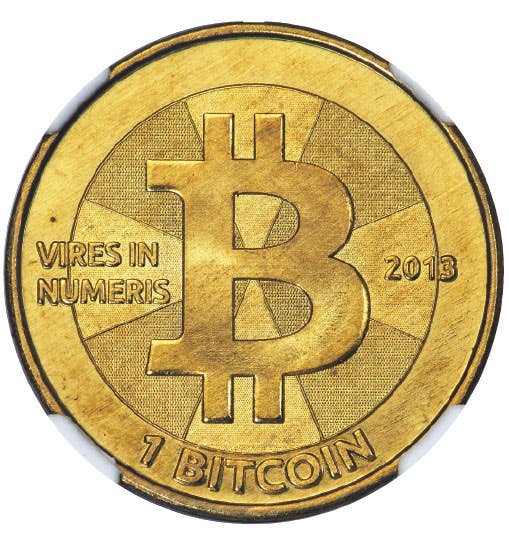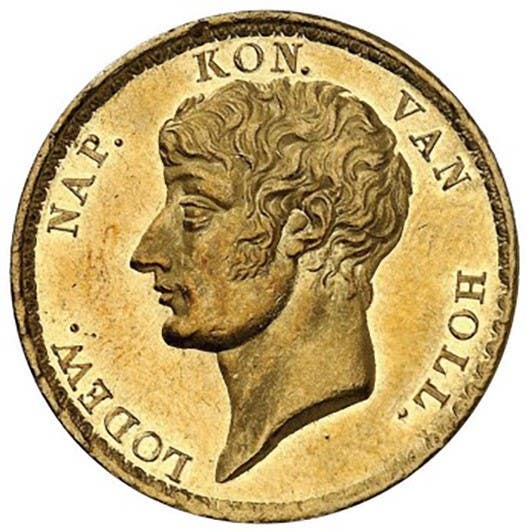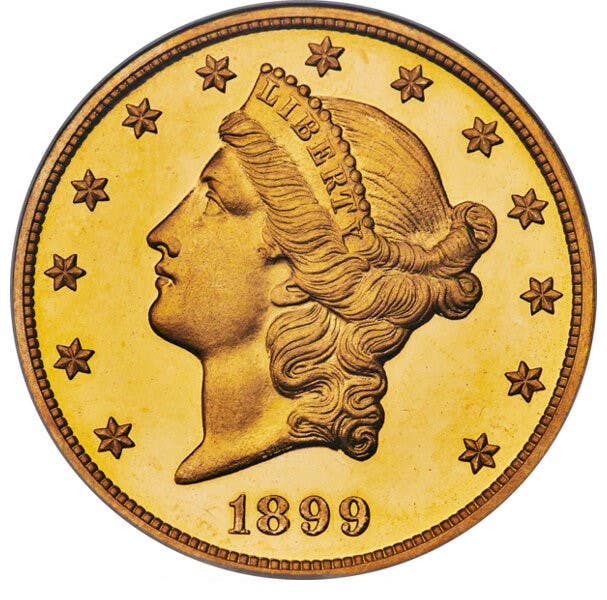Coin technology sees improvement
Improvements to bank note technology are well recognized as central banks continue to try to stay one step ahead of the counterfeiters. Changes in coin technology that can serve the…
Improvements to bank note technology are well recognized as central banks continue to try to stay one step ahead of the counterfeiters. Changes in coin technology that can serve the same purpose often go under-recognized.
This is especially true since new coin technology is typically employed on non-circulating legal tender (NCLT) commemorative coins first, then adopted for more practical use on circulation issues with little fanfare later.
This once again proved to ring true when the 2016 Palau silver $5 and gold $1 skull commemorative coins were released. The entire run of the 1,750-piece one-ounce silver proofs sold out almost instantly. Information on the sale of the accompanying 0.5 gram gold coin was not immediately available.
The skull coins are different not only in their shape and subject matter. The coins are a three-dimensional sculpture produced for Coin Invest Trust using Smartminting© technology, technology that would have made the late sculptor and coin designer Augustus Saint-Gaudens jealous. Saint-Gaudens produced such a high relief $20 double eagle coin in 1907 that the design needed to be modified to make circulation strikes practical.
Increased relief height or depth and sharp detail definition are two advantages of striking a coin using Smartminting© technology. According to Coin Invest Trust, this technology allows about twice the relief that appears on other coins. The technology also allows interplay between the diameter and weight of a coin. It further allows a proof-like finish on a coin. Smartminting© also permits the addition of color enhancement on these raised fields, something that until now was only able to be added to coins with a relatively flat surface. Color enhancement technology has already gone mainstream and has been used on mass-produced circulation strike coins.
Coin Invest Trust has already issued coins with diameters as large as 100 millimeters produced using this new technology.
Another new technology that so far is only being employed on NCLT commemorative coins is translucent red polymer material. This is one of the latest non-traditional materials to be incorporated into coin composition.
The latest coins on which this material will be used is the “Climate Zones of the Earth” 5-euro series devoted to the Tropical Zone that will be issued beginning in 2017. Translucent red polymer will be used for the outer ring on these coins, which are being issued by the Deutsche Bundesbank Eurosystem.
“The Mint [State] condition coin will be brought into circulation via the Bundesbank branches at a face value of 5 euro,” according to Deutsche Bundesbank Eurosystem.
This is a first for this coin composition.
Ringed bimetal technology using polymer and other materials has been brought forward through Schuler AG, a coinage press manufacturer that is part of the international technology group Andritz. Schuler is reported to be working closely with the German state mints in Baden-Württemberg and in Bavaria on this type of coinage. Schuler is also reported to have filed numerous patent applications for the associated manufacturing process. Schuler is responsible for a press that is capable of striking up to 500 ringed tri-metal coins per minute. It is in operation at the State Mint of Mexico.
The importance of these new coinage technological advances shouldn’t be underestimated. While in the United States coins have been relegated to the status of small change due to their lack of purchasing power, in Japan, the European Union, Canada and elsewhere, coins of significant denominations are used regularly in circulation, in some cases drawing the unwelcome attention of counterfeiters. Great Britain is currently changing its £1 coin to something more challenging to be faked for that reason.
Paper composition bank notes are being replaced with more durable polymer in many places; however, coins are replacing paper bank notes as well, both for the same reason – they last longer than do the traditional notes in circulation. If coins are to continue to be a viable replacement for bank notes, further technological advances will need to continue.
This article was originally printed in World Coin News. >> Subscribe today.
More Collecting Resources
• Check out the newly-updated Standard Catalog of World Coins, 2001-Date that provides accurate identification, listing and pricing information for the latest coin releases.
• Subscribe to our monthly Coins magazine - a great resource for any collector!









